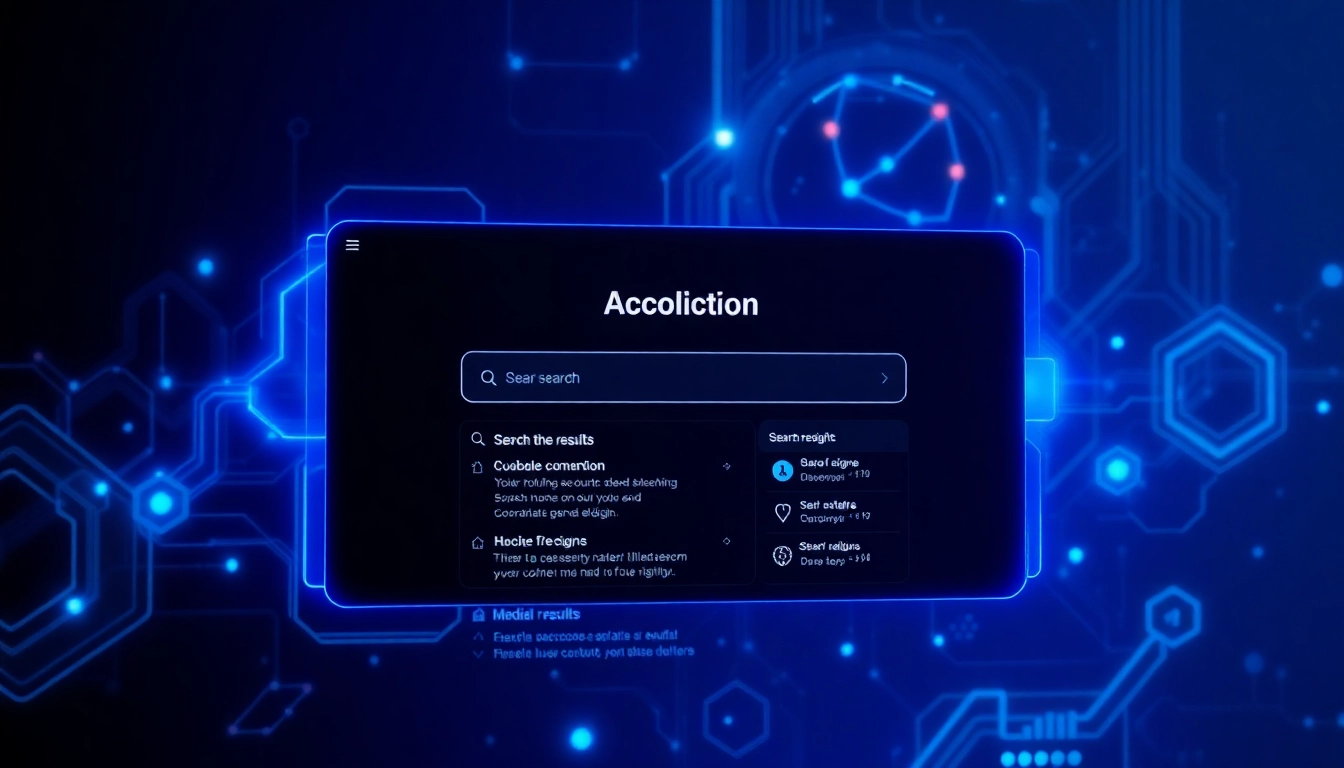What is Agentic AI?
Agentic AI represents a significant shift in the realm of artificial intelligence, characterized by its ability to operate independently, make dynamic decisions, and carry out tasks without constant human intervention. Unlike traditional AI systems, which typically respond to predefined inputs or commands, Agentic AI functions in a proactive manner, allowing for a higher degree of autonomy and adaptability in increasingly complex environments.
Definition and Key Features
At its core, Agentic AI refers to sophisticated AI systems designed to set and pursue complex goals. These systems utilize advanced machine learning techniques, enabling them to assess their environments, analyze data patterns, make decisions, and adapt their actions accordingly. Key features of Agentic AI include:
- Autonomy: The ability to operate independently without requiring human oversight.
- Contextual Awareness: Understanding and interpreting the context to enhance decision-making.
- Iterative Learning: Continuously improving performance based on previous experiences and newfound insights.
- Multi-Step Problem Solving: Capability to tackle complex tasks that require several sequential decisions.
How Agentic AI Differs from Traditional AI
The distinction between Agentic AI and traditional AI primarily lies in the level of decision-making autonomy. Traditional AI systems tend to be reactive, functioning within predefined parameters. For instance, a chatbot may follow a script and employ natural language processing to respond to user inquiries. In contrast, Agentic AI is proactive; it identifies challenges and determines the best course of action autonomously. This characteristic enhances its applicability in dynamic environments such as finance and logistics, where rapid decision-making is crucial.
Real-World Applications
Agentic AI has started to make its mark across various sectors, demonstrating its versatility and effectiveness. Some notable applications include:
- Supply Chain Management: Agentic AI can optimize logistics by analyzing real-time data and making decisions to improve operational efficiency.
- Healthcare: In medical diagnostics, such AI can analyze patient data quickly and accurately, enabling faster treatment decisions.
- Autonomous Vehicles: These systems rely on Agentic AI to navigate complex environments while making split-second decisions to ensure safety.
- Financial Trading: AI systems can autonomously execute trades based on market trends and predictive analytics, significantly reducing human error.
The Mechanisms Behind Agentic AI
Understanding Decision-Making Processes
The decision-making capability of Agentic AI stems from a blend of machine learning algorithms and complex data processing techniques. These systems utilize reinforcement learning, where actions are continually evaluated based on outcomes, ultimately optimizing future decisions through a trial-and-error framework. This iterative approach is exceptional in environments where multiple variables are at play, as it allows for dynamic adaptation to emerging data.
Learning and Adaptation Capabilities
Agentic AI employs advanced learning models to enhance adaptability. Through techniques such as deep learning and neural networks, these systems analyze vast amounts of data, identifying patterns that inform future decisions. An essential aspect of learning involves feedback loops, where the AI system evaluates its performance against desired outcomes, allowing it to refine its strategies continually.
Technological Components
The infrastructure of Agentic AI comprises several key components, including:
- Machine Learning Frameworks: Such as TensorFlow and PyTorch, enable the development of predictive models.
- Data Processing Pipelines: Efficiently handle large datasets for real-time analysis to make informed decisions.
- APIs and Integration Tools: Allow for seamless interaction with other applications, systems, and data sources.
- Cloud Computing Resources: Provide the necessary computational power to support complex modeling and analysis.
Benefits of Implementing Agentic AI
Increased Efficiency and Productivity
One of the most significant advantages of adopting Agentic AI is the potential for increased efficiency and productivity across various domains. Organizations can automate time-consuming processes, allowing human workers to focus on higher-level strategic tasks. For instance, in customer service, AI systems can handle routine inquiries, freeing employees to concentrate on complex cases requiring human insight.
Cost Savings and Resource Management
Agentic AI contributes to substantial cost savings by optimizing resource allocation and minimizing human error. Organizations employing autonomous systems in supply chain management can reduce waste, streamline operations, and maximize profitability. Additionally, predictive analytics can lead to better inventory management, ensuring that resources are used efficiently and effectively.
Improved Decision-Making Quality
With its advanced data processing capabilities, Agentic AI enhances the quality of decision-making across various sectors. By analyzing trends, forecasting potential challenges, and offering data-driven insights, it empowers organizations to make informed choices that drive success. Businesses that leverage Agentic AI often achieve a competitive advantage due to improved accuracy and strategic foresight.
Challenges in the Adoption of Agentic AI
Ethical Considerations
The implementation of Agentic AI introduces several ethical dilemmas, particularly regarding data privacy and autonomy. Organizations must navigate the potential for bias within AI models, ensuring that the algorithms do not produce discriminatory results. Furthermore, transparency in decision-making processes is crucial, as stakeholders demand accountability from AI systems operating autonomously.
Technical Limitations
Despite its potential, Agentic AI faces several technical challenges. The complexity of developing robust models capable of functioning effectively in diverse environments can lead to significant obstacles. Moreover, reliance on vast datasets may limit the applicability of certain AI systems, especially in underrepresented sectors where data may be scarce.
Overcoming Resistance to Change
Integrating Agentic AI often meets resistance from employees accustomed to traditional workflows. To foster acceptance and ease the transition, organizations must emphasize education, showcasing the benefits and capabilities of AI systems. Additionally, involving team members in the implementation process can promote buy-in and facilitate a smoother shift toward adopting autonomous technologies.
The Future of Agentic AI
Emerging Trends and Innovations
As Agentic AI continues to evolve, several trends are emerging, shaping its future landscape. Innovations in natural language processing, computer vision, and real-time decision-making enhance the capabilities of agentic systems, enabling them to tackle increasingly complex challenges. Collaborative robots, or cobots, are also on the rise, significantly impacting manufacturing and logistics sectors.
Predictions for Industry Impact
Experts predict that Agentic AI will revolutionize numerous industries, from healthcare, where it can assist in diagnostics and personalized medicine, to finance, where real-time analysis and trading can evolve. The shift toward increasingly autonomous systems will likely redefine workforce dynamics, necessitating reskilling and adaptation among professionals across sectors.
Preparing for a Transition to Autonomous Systems
Organizations must proactively prepare for the transition to Agentic AI by investing in training and infrastructure. Establishing a culture that embraces innovation and adaptability is key to successfully navigating the challenges associated with integrating autonomous systems. Thorough risk assessments, policy updates, and ongoing employee engagement will empower businesses to leverage the benefits of Agentic AI while addressing the complexities of its implementation.











Leave a Reply